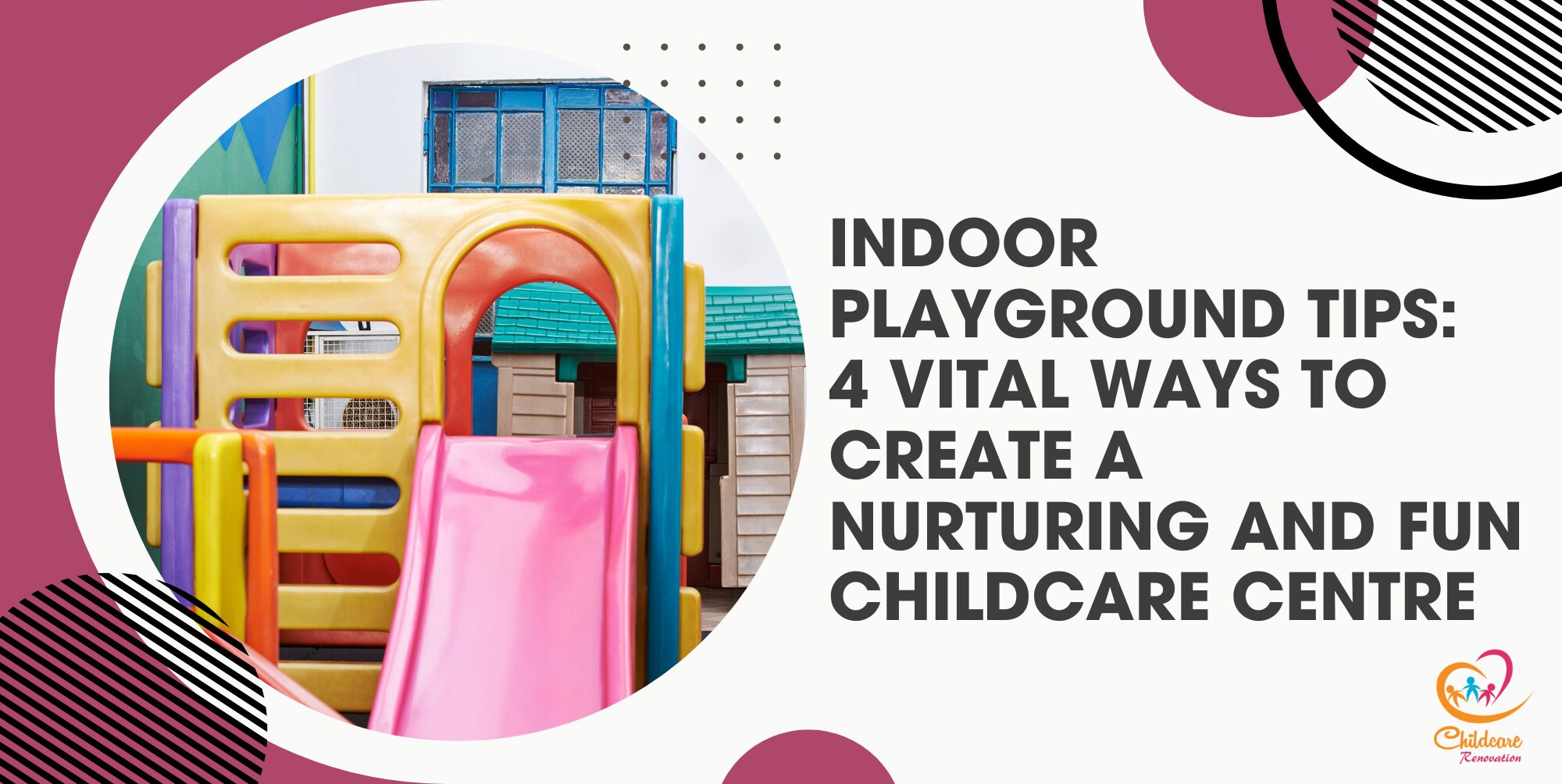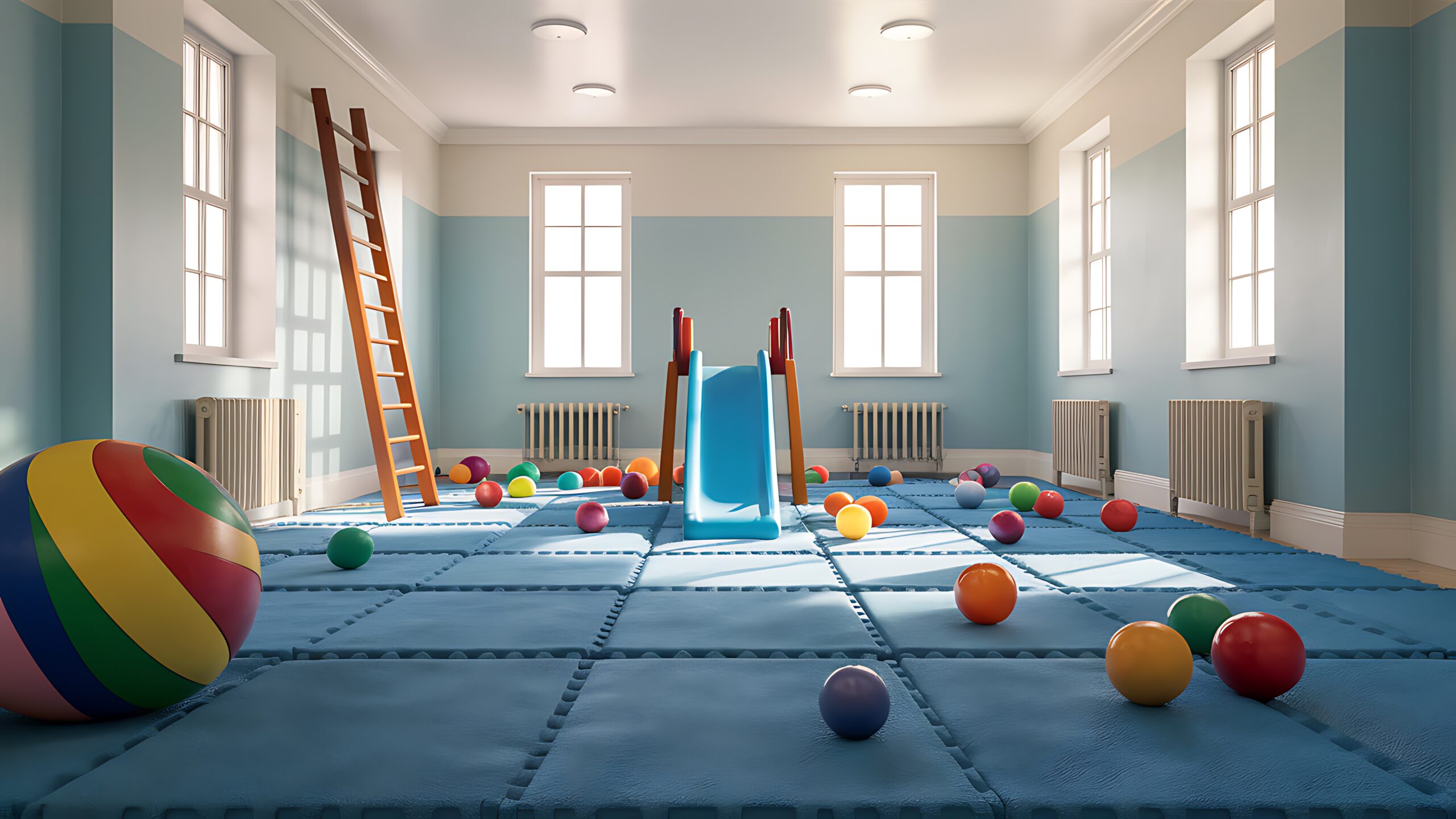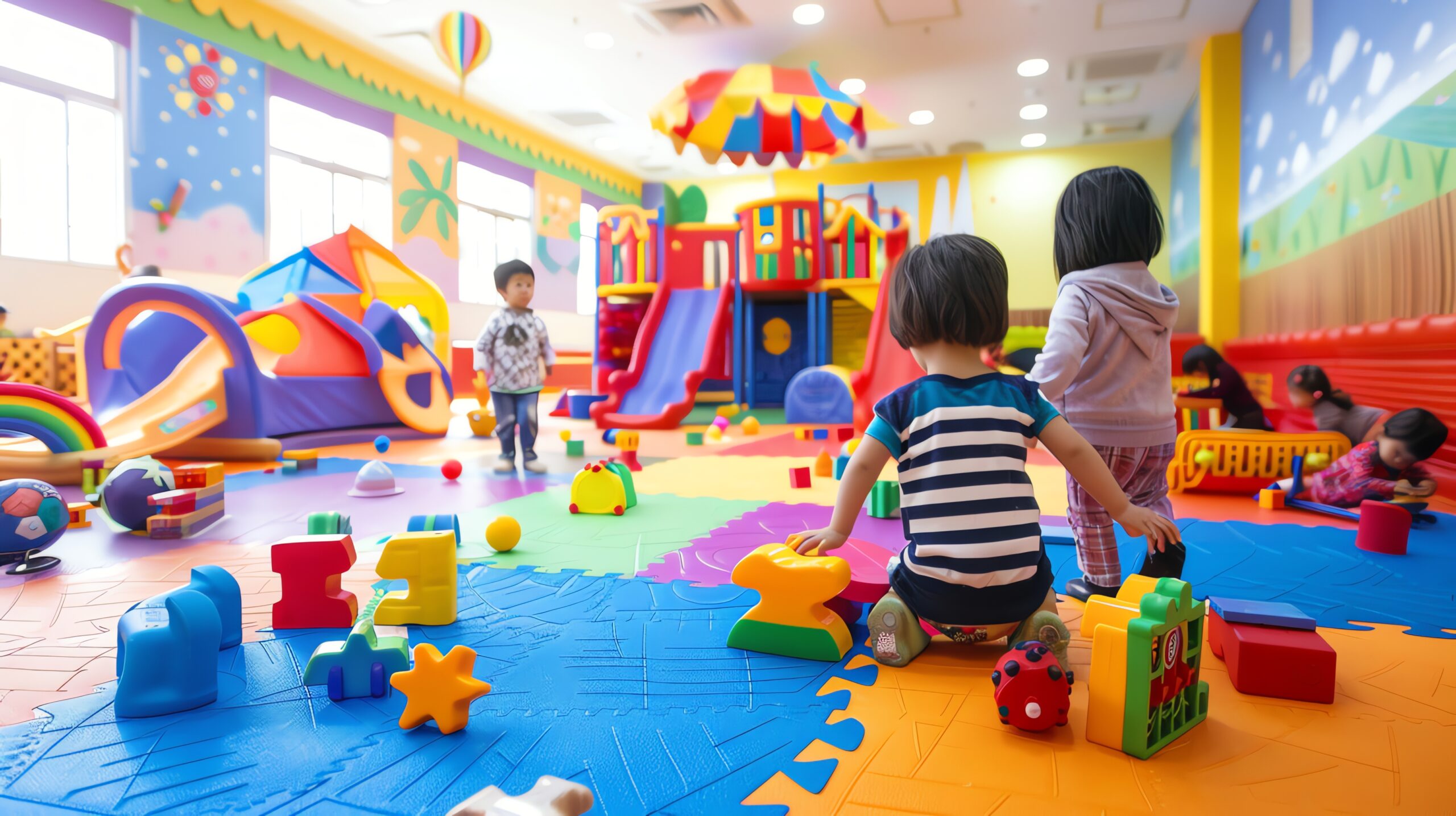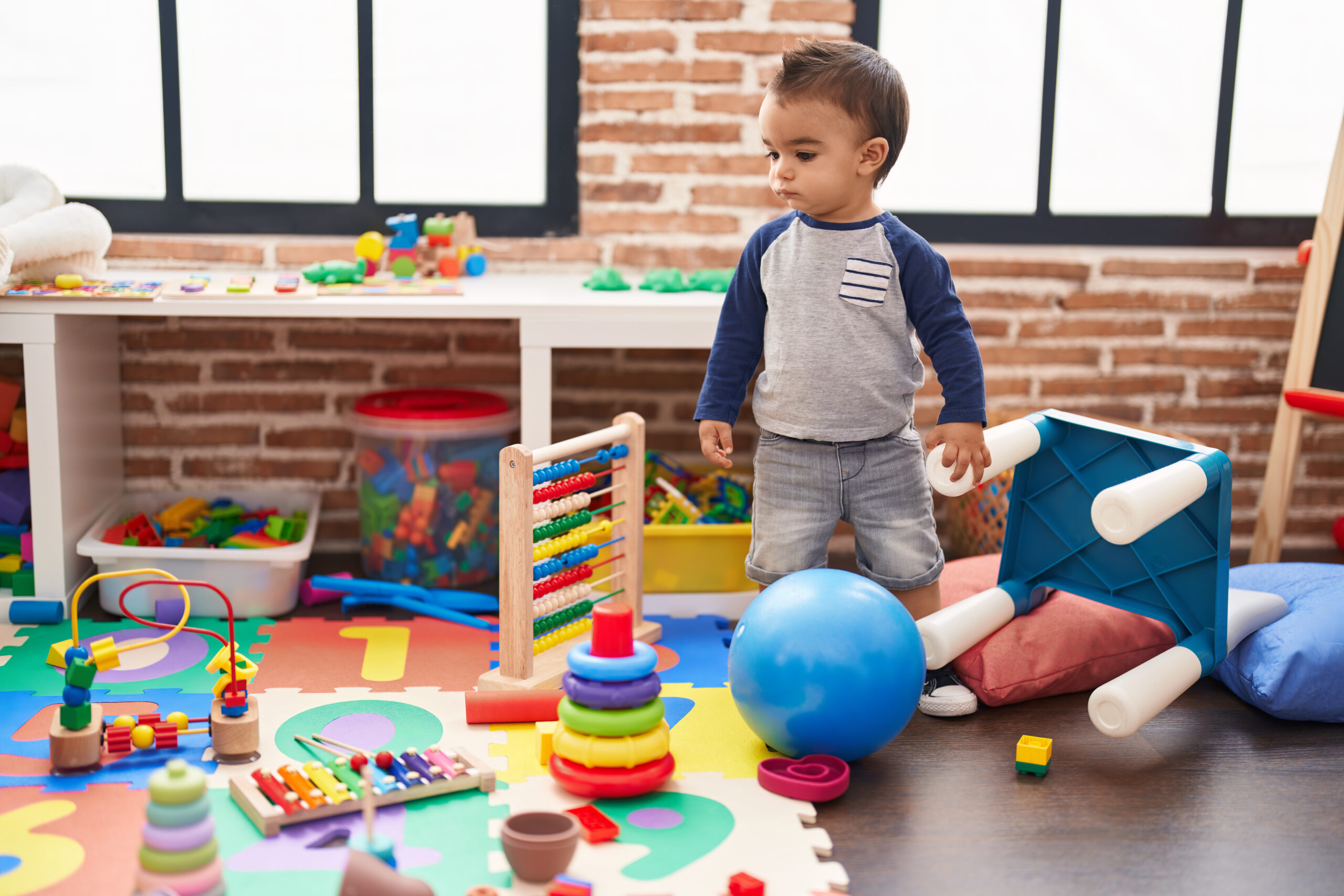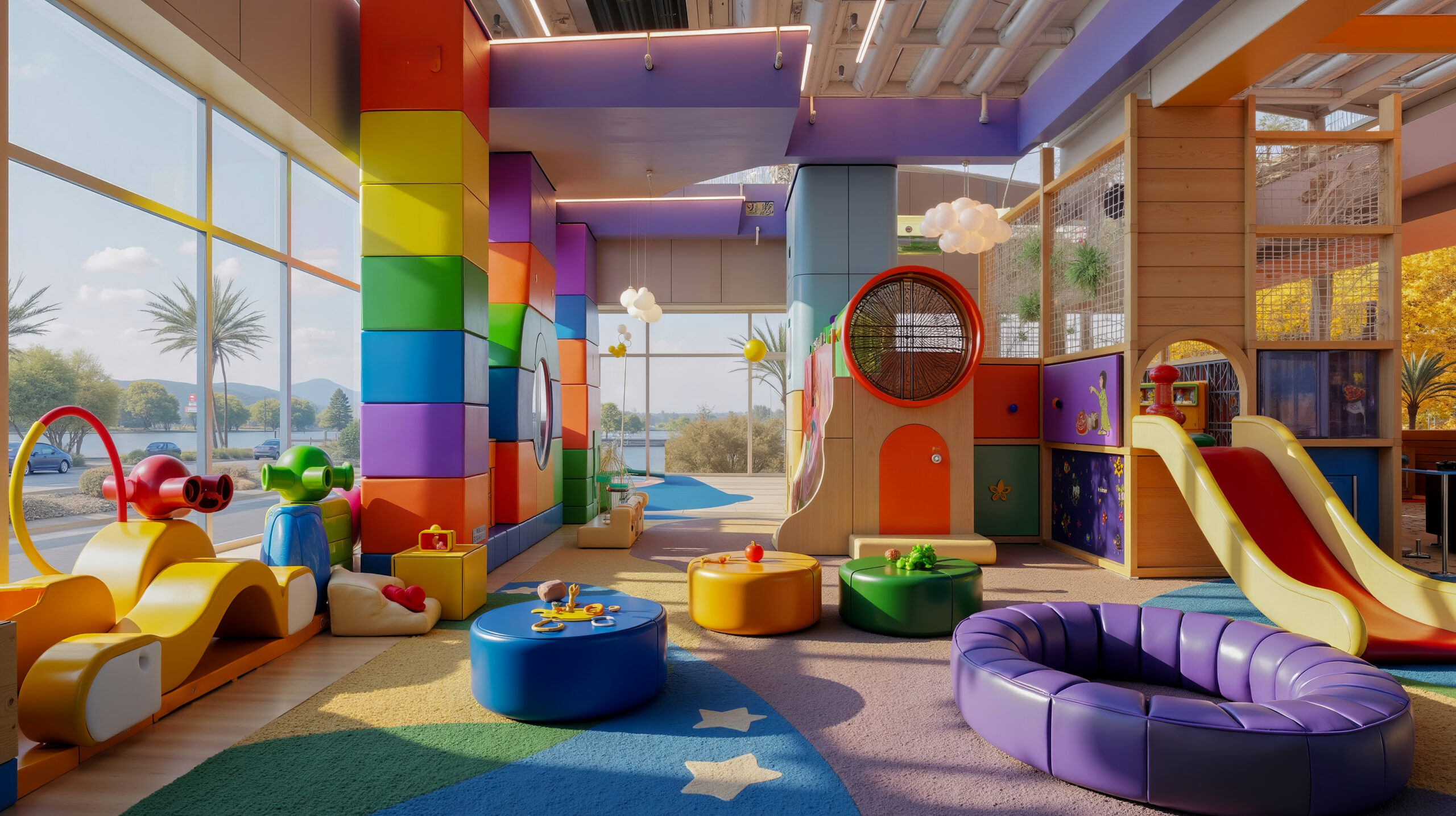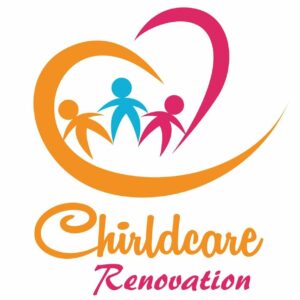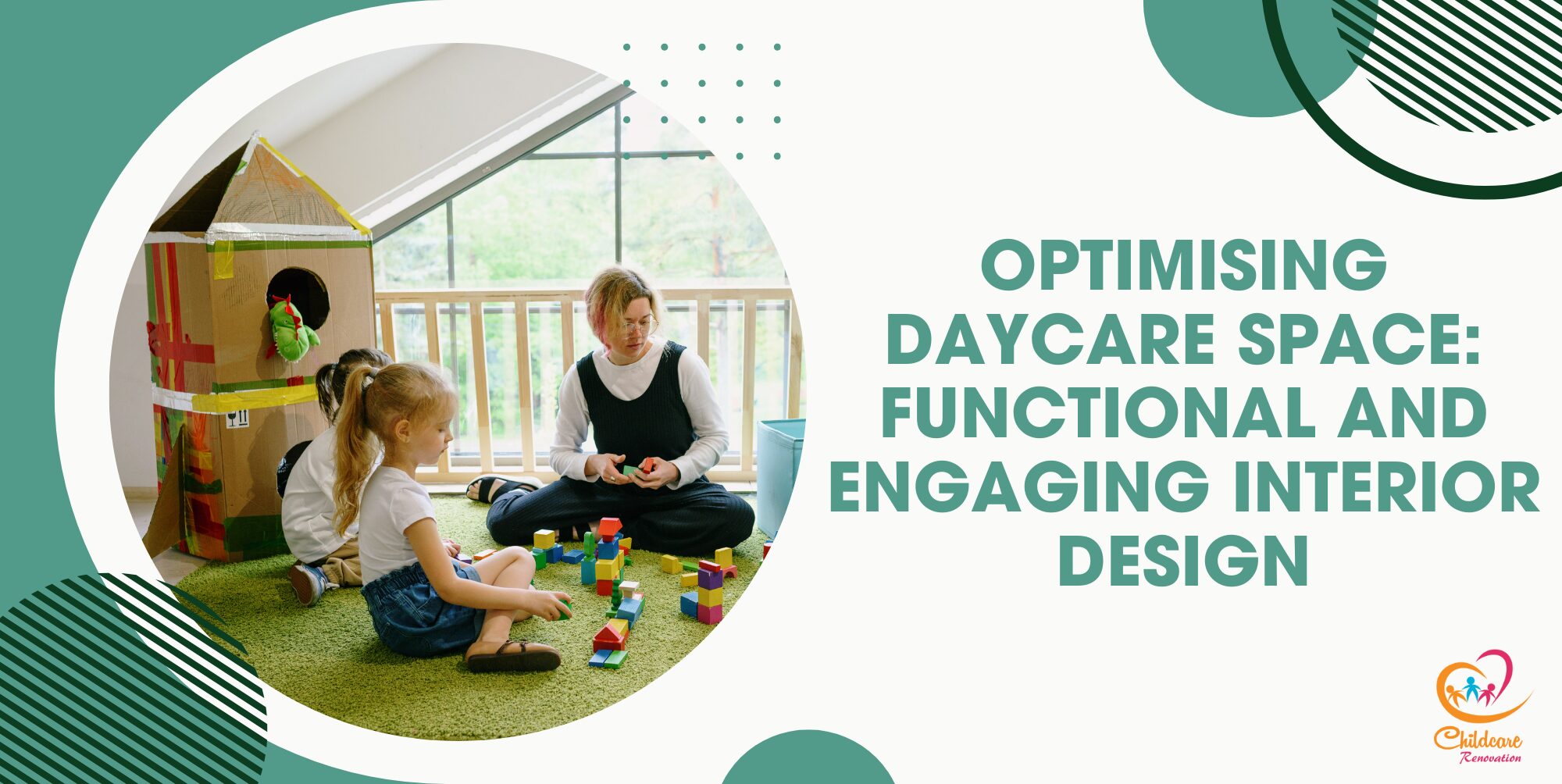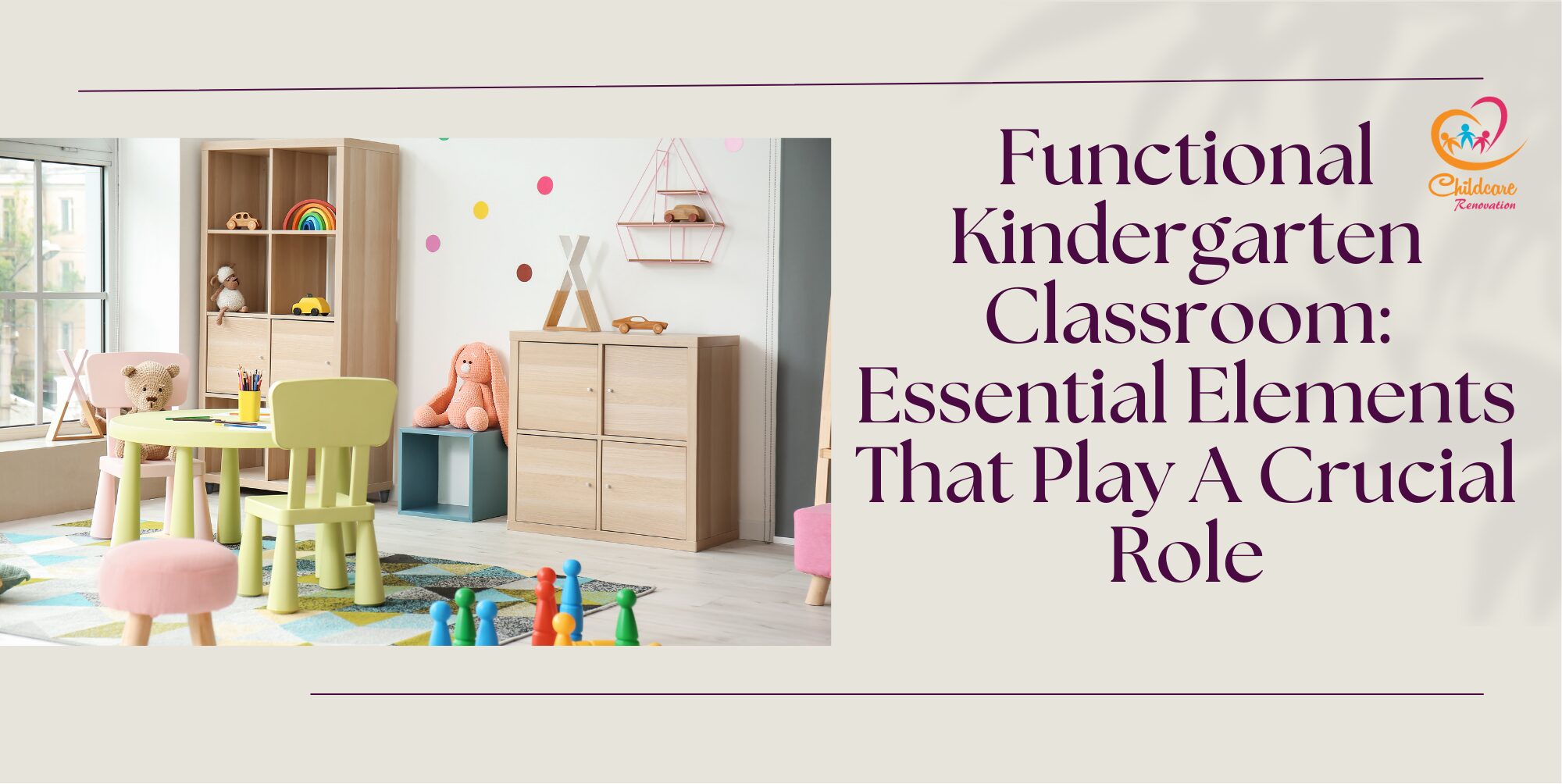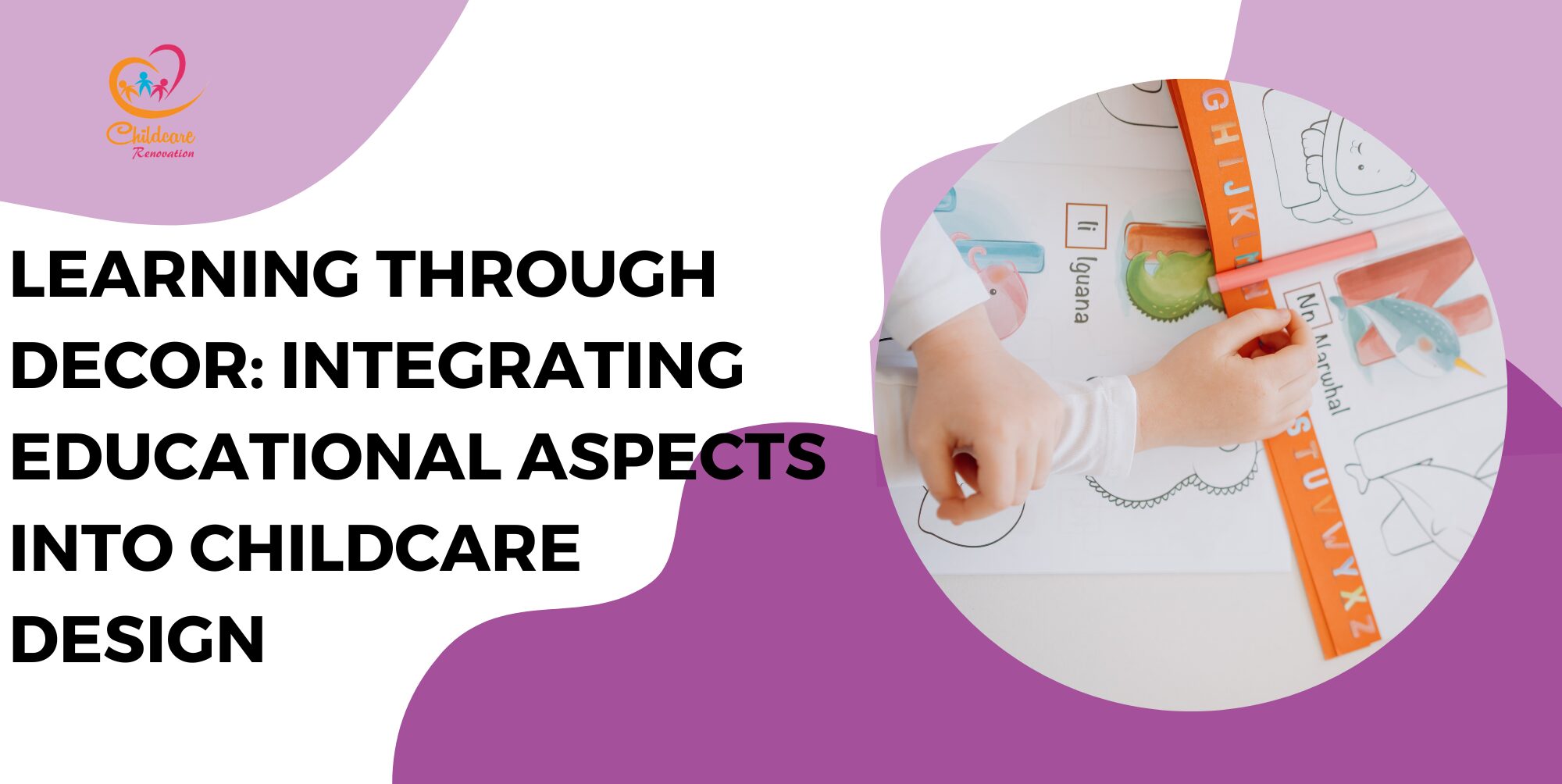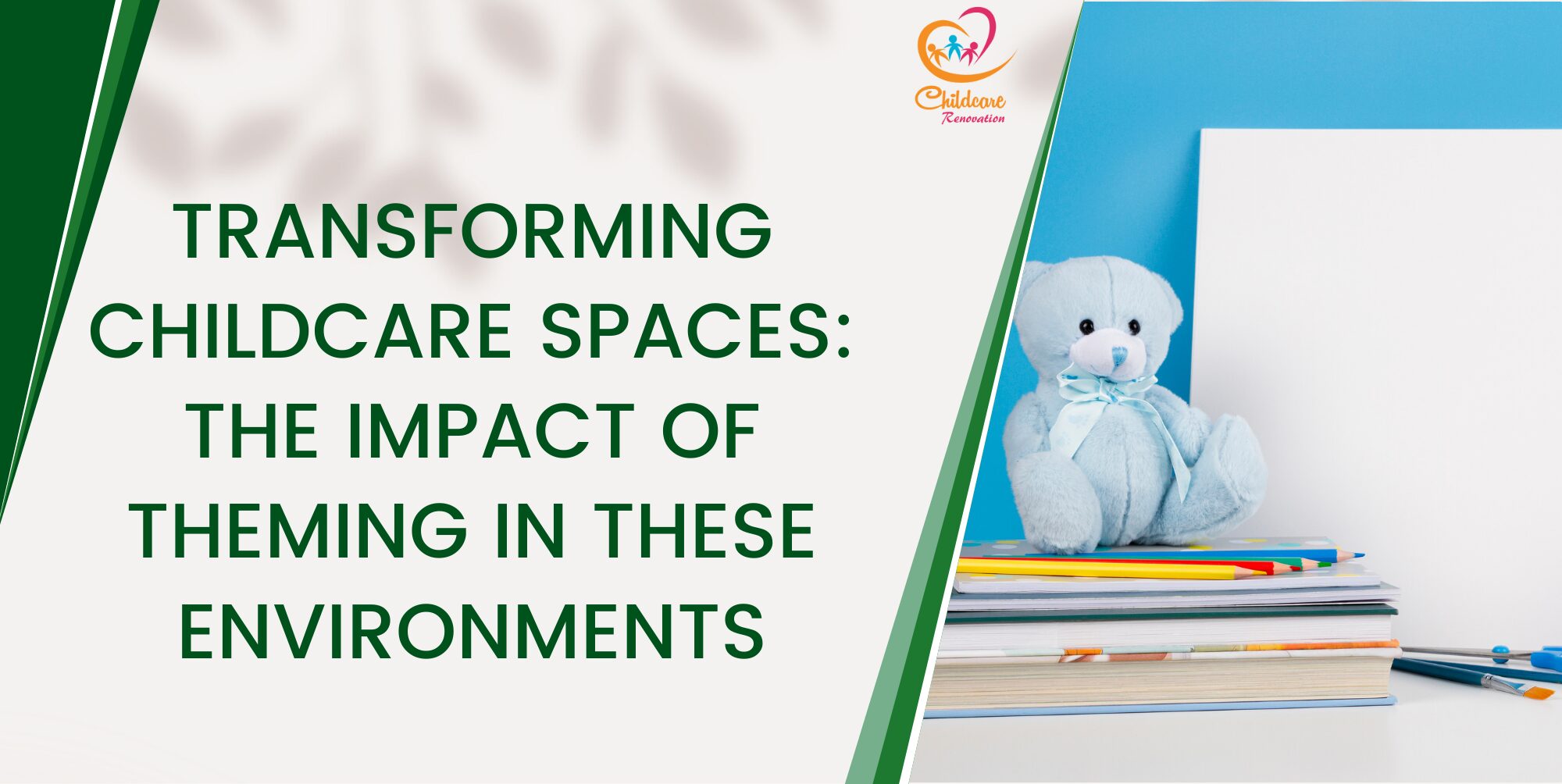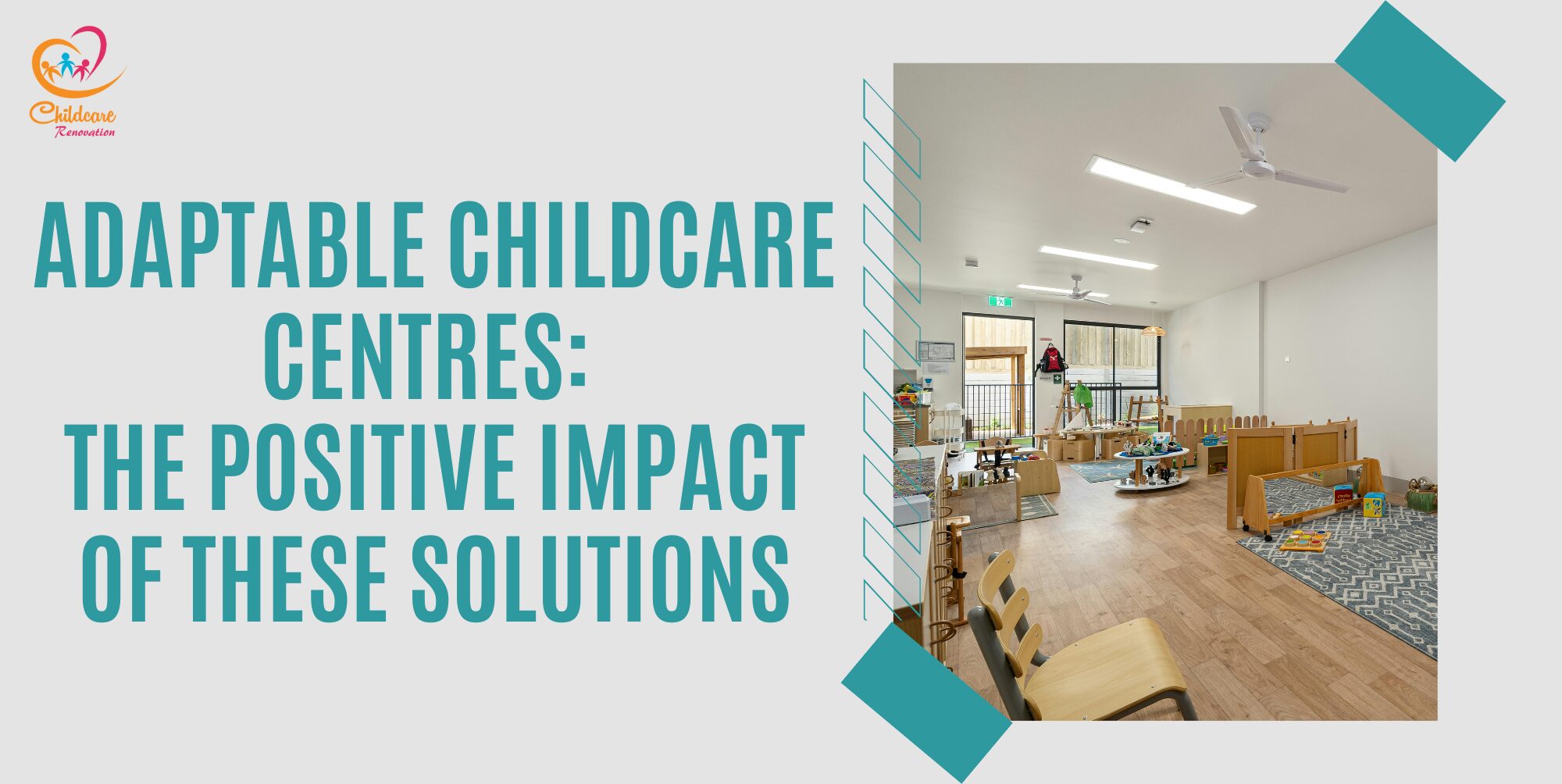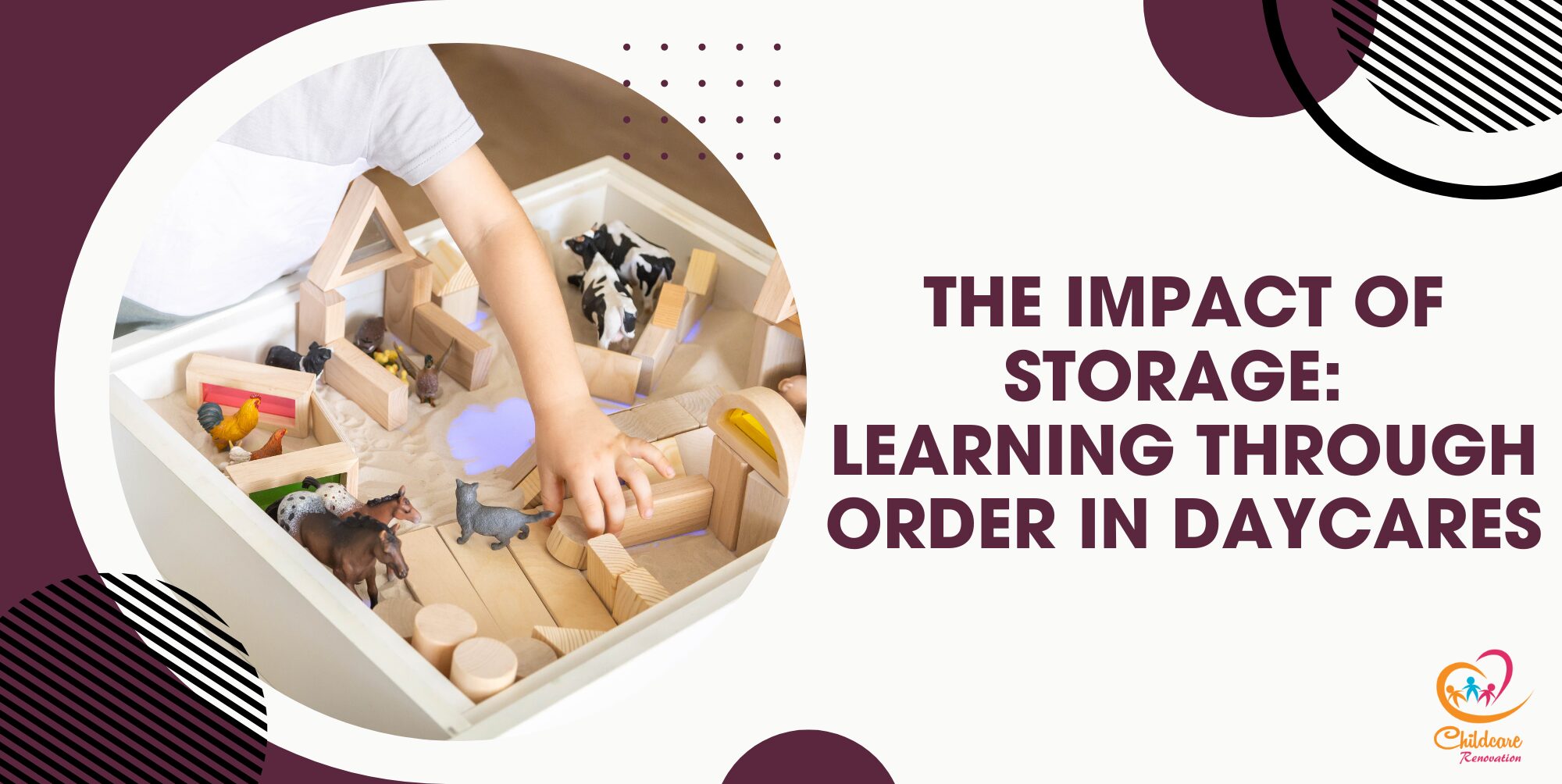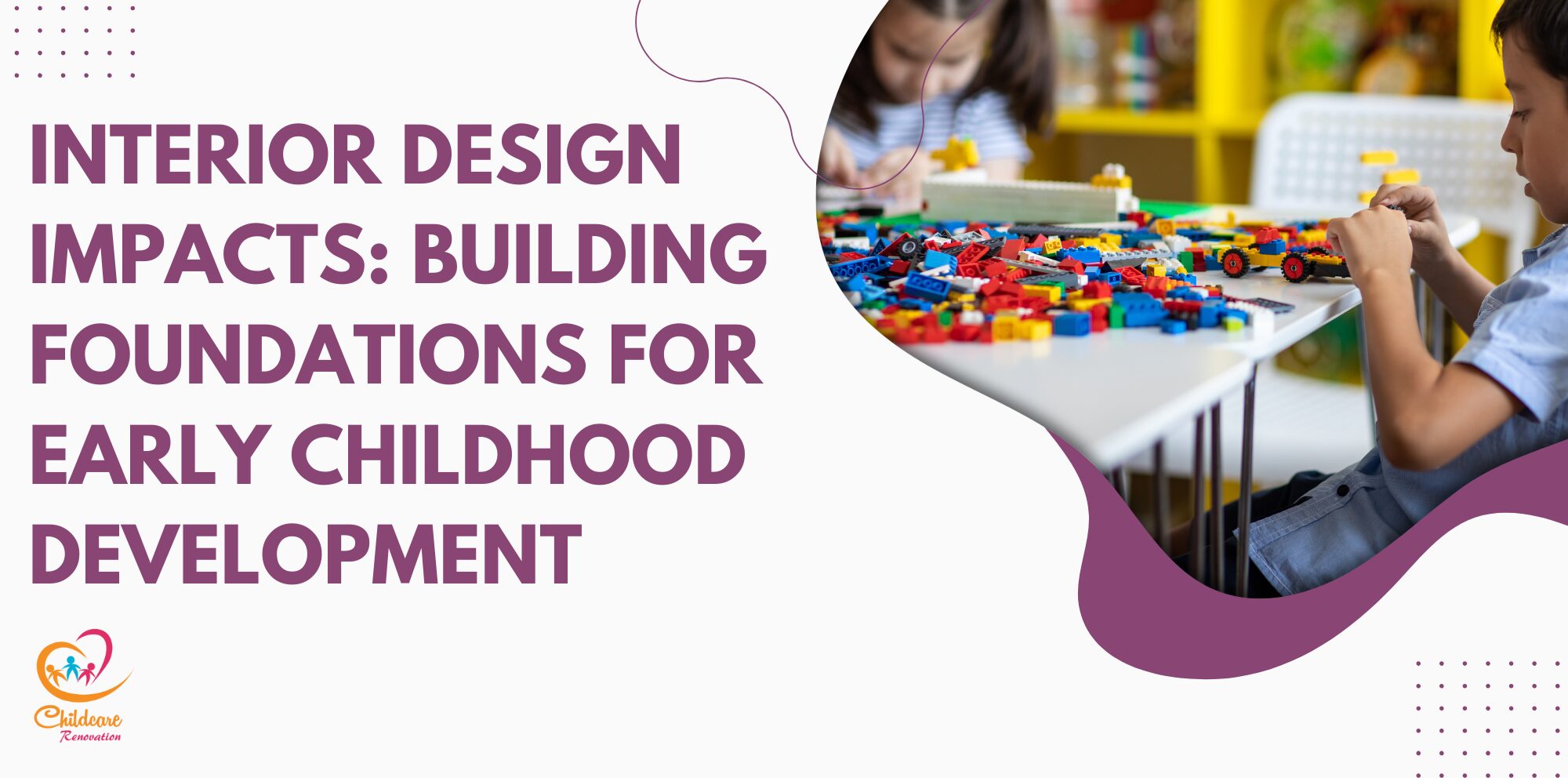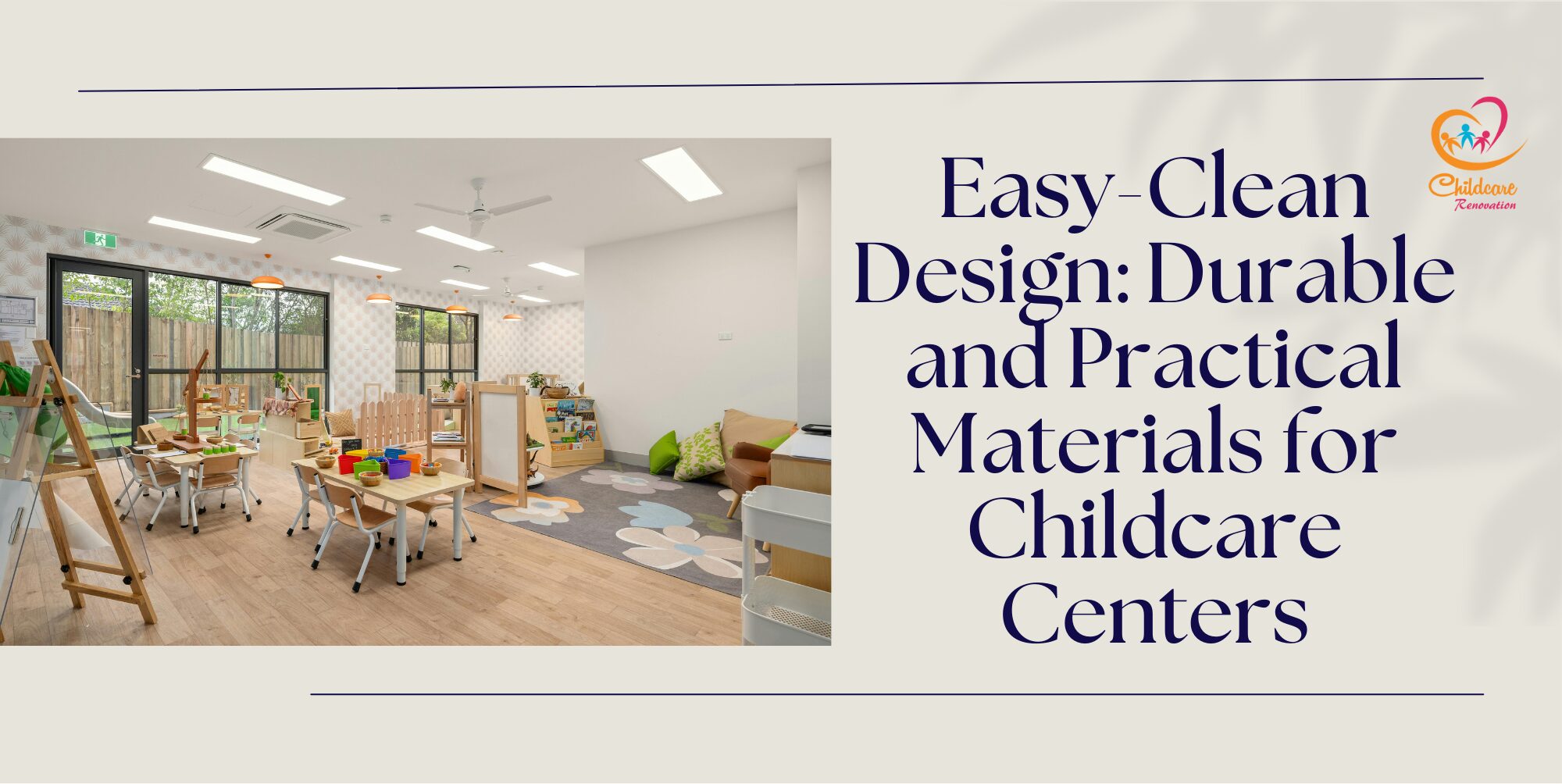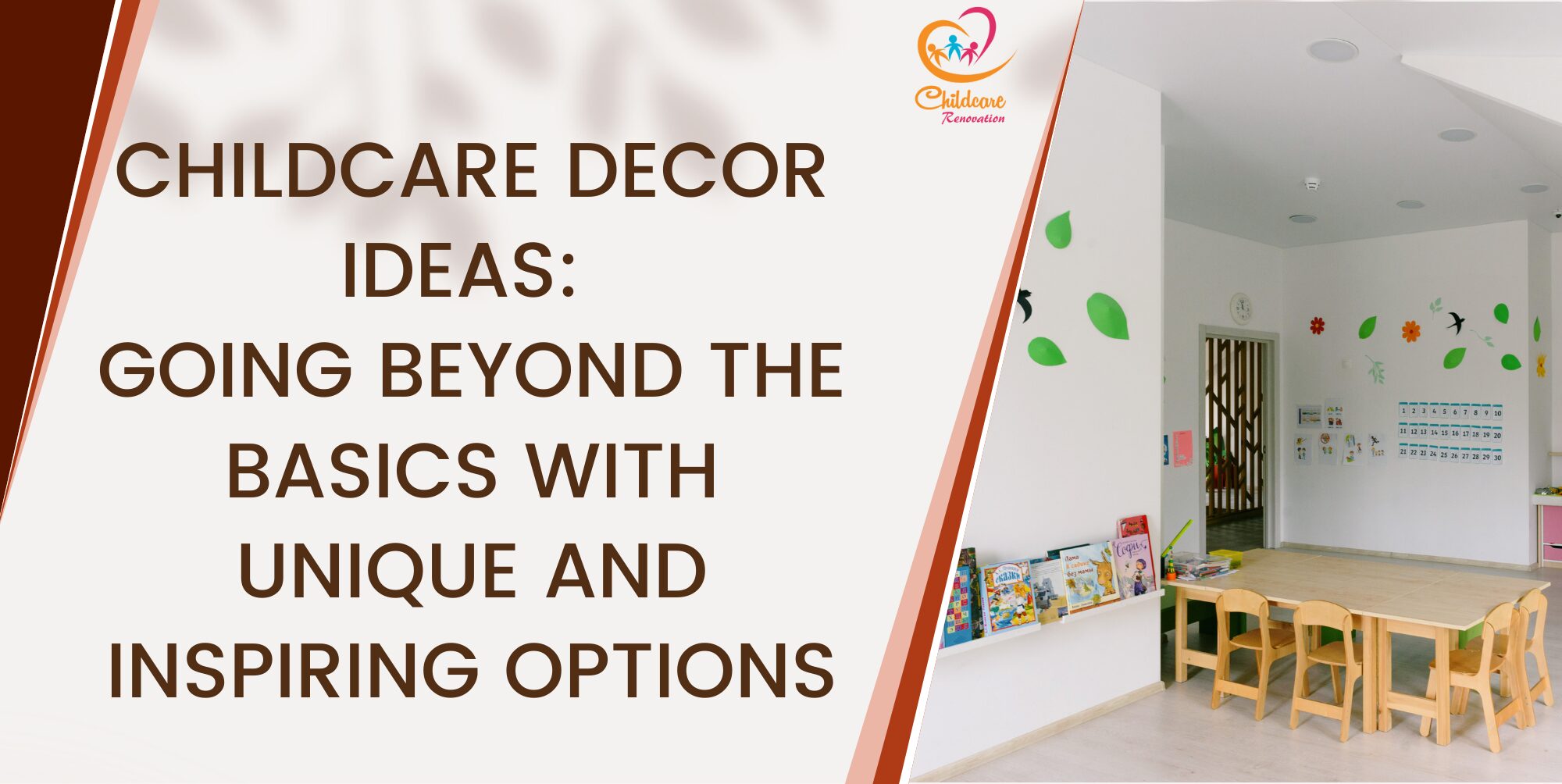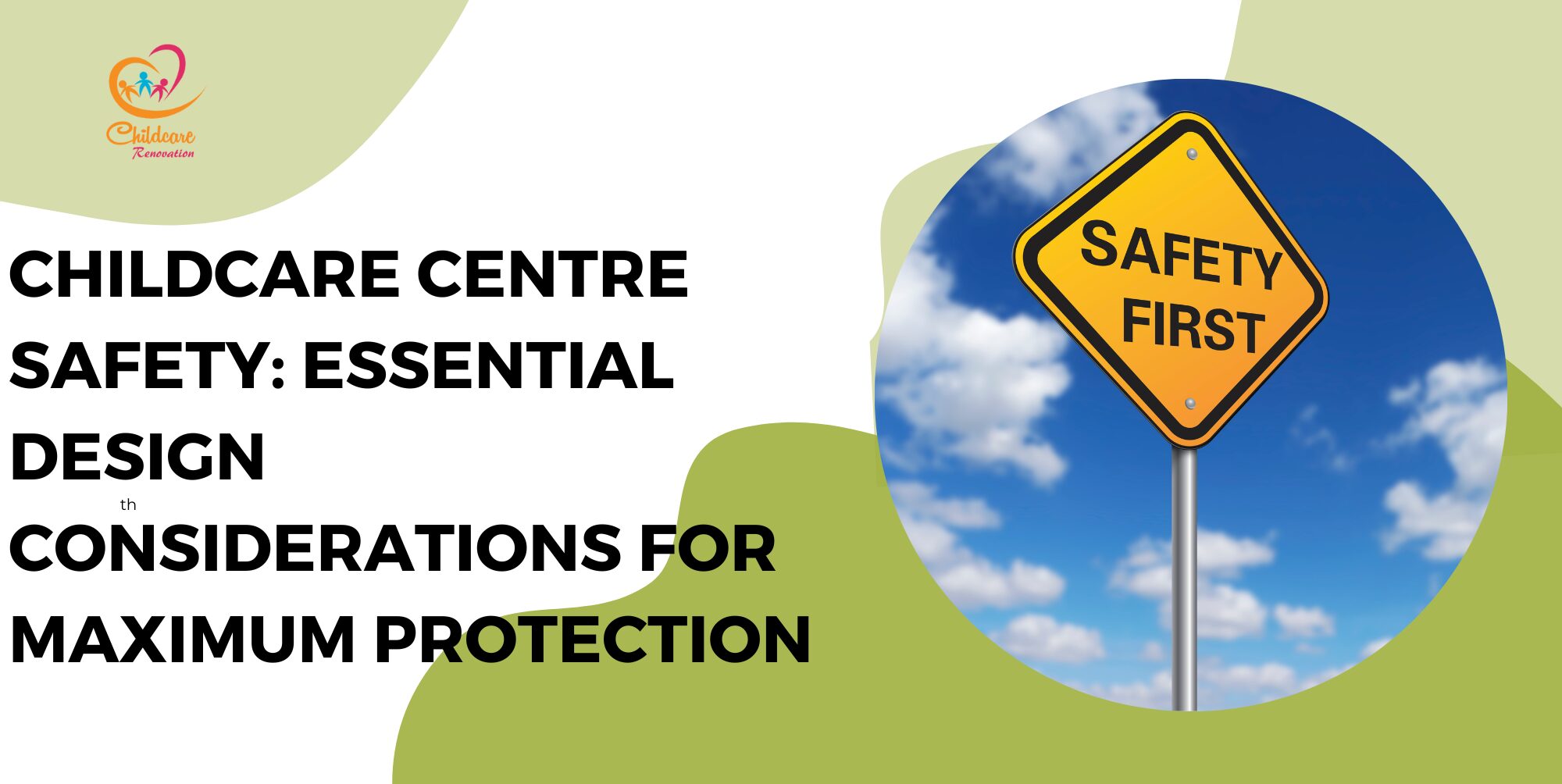Indoor playground tips are some of the most vital aspects that childcare centres should follow to safeguard the young children. Here are 4 vital ways to create a wonderful indoor playground.
Indoor Playground Tips #1: Priority On Safety
When building an indoor playground for childcare, one has to put safety first to ensure a secure environment where children can stay and enjoy themselves. First, the flooring should be covered with soft and shock-absorbing materials such as foam tiles or rubber mats which may cushion children from falls — inevitable during active play. These materials would help minimise injury in cases of falling since they provide a softer landing surface than hard floors made of wood or tile.
Equipment must be selected cautiously with regard to appropriateness for age. The structures used to play, toys and climbing areas must be appropriate for the children’s age and the stages of development in which they are involved to avoid injuries from utilising equipment that might be too advanced or beyond their capabilities.
Others are that equipment is selected featuring rounded edges and smooth surfaces, reducing the incidence of cuts or bruises. In addition, all play structures should be securely anchored and not have loose parts to avoid accidents due to movement of the apparatus. Second, regular maintenance checks need to be instituted to find wear and tear that may be hazardous if left unattended such as frayed ropes or broken parts.
Moreover, proper supervision is needed. Sufficient adult-to-child ratios will allow for the proper monitoring of children and timely intervention when unsafe acts or accidents are observed. Establish clear rules for types of play — no running near climbing structures and no sliding down feet first. Finally, make sure all exits and emergency pathways are clearly marked and unobstructed to enable a prompt evacuation during an emergency. It is with this safety-first approach that childcare facilities have indoor playgrounds which are fun but safe for the kids to play in and enhance both physical and mental development with a minimum chance of injury.
Indoor Playground Tips #2: Placing Adaptability As A Key Factor
Adaptability is a major success factor in the design of a good indoor playground for childcare institutions. It keeps the area fresh and functional with respect to different age groups and different activity levels. A flexible playing environment allows for growth, changes in needs, and ongoing interest from children. Besides that, one way to achieve this adaptability is by having modular and moveable equipment such as foldable slides or stackable blocks that can easily be rearranged depending on the day’s activities or the number of children. This maximises use of space for differing forms of play, including physical movement and creative building.
Another key factor with regard to adaptability is the rotation of toys and play structures regularly. Interest is piqued and sustained as reconfigured setup overwhelms children with an urge to continue their tasks with fresh curiosity and exploration. This way, the children cannot get too familiar or bored with certain toys they use every day. In addition, appropriate sections of the play area for children at various stages of development will help them make safe use of the space. These zones may be relocated or expanded as the age group changes or as enrolment within the centre changes.
Flexible seating such as cushions, bean bags and small mobile benches enables caregivers to rearrange the seats into different configurations depending on activities. Reading nooks, craft corners, group activity areas and more can be accommodated within the same room through the use of flexible seating. Other important factors are storage — moveable bins or shelving which also help to store away toys and materials not in use, enabling the keeping of a clutter-free space for children to move around safely. All in all, flexibility enables the indoor playground to change with the needs of the children making it a vibrant interactive area.
Indoor Playground Tips #3: Ease In Maintenance
One of the most important factors in indoor playground childcare design that will impact whether the setting is safe, clean and inviting is ease of maintenance. The childcare settings are high-traffic environments — playground equipment must be durable and easily maintained. Materials to be used should not show wear and tear easily, for instance, plastic or vinyl-coated surfaces. Such materials are heavy-use resistant and cleanable with simple disinfectants. The floor should be made soft such as foam mats or rubber tiles — easily replaceable and washable to sustain hygiene for not hurting the kids and making them hygienic.
In addition, the use of modular equipment makes it easy to disassemble and reassemble for deep cleaning processes. This will easily enable repairs where necessary. Folding or movable structures are also very helpful with storage and cleaning — helping staff make the most of space available and leaving the playground uncluttered. Incorporating easy-to-wipe-down surfaces in one’s design such as washable covers on seating or plastic toy bins helps reduce cleaning time while keeping freshness in the play area.
These would be the sanitation stations that should be set up near the playground to remind the staff and children to clean their hands for minimal germs spread. Maintenance checks should be done quite frequently to find and repair any problem that might lead to equipment breakdown or safety hazards such as loose bolts or worn-out parts. When maintenance is easier, it does not take as much time from the staff — they will have quality time in creating a fun and safe environment for the kids. In this way, the playground will be appealing and a well-cared-for place for years to come.
Indoor Playground Tips #4: Maximising The Available Space
An indoor playground should be spaciously used in order to provide maximum safety and activity zones for children in childcare institutions. First of all, it is necessary to provide multifunctional furniture which could serve several functions at once such as storage benches serving as seating areas. In this case, such an approach would save space and allow keeping the place tidy.
Other effective strategies include vertical storage solutions. Utilising wall-mounted shelves and hooks will help store toys, art supplies and equipment will help in freeing the floor for play. Foldaway and stackable play structures are great for adaptability — they will go up easily for active play and can be stored away when not in use; therefore, allowing flexibility in the layout. In addition, space can be used more effectively by using a zoning technique by providing for areas of activity such as climbing, quiet playing and creative arts encourages the children to maintain their movements and keep the environment tidy.
For the purpose of creating an illusion of larger space, mirrors can be mounted appropriately which also may inspire children to imagine playing while leaving the space open and inviting. Consider creative room dividers which will define various zones of play without blocking lines of vision so that caregivers can keep track of their children with ease. Colour and lighting also play a significant role — the use of light colours and well-placed lighting can make an area feel spacious and bright.
Lastly, a minimalist approach in decoration and equipment can keep crowding at bay which will give children space to move around and explore. By applying these methods, childcare providers manage to create an indoor playground that is functional and enjoyable. It allows creativity and improves the play experience among children.
Speak with The Experts
Planning to get started at your kindergarten but have no idea about it?
Childcare Center Renovation Singapore is a reliable company for renovation and interior design. They have about ten years of experience in this field and have a good reputation among customers.
Call us now to get your desired kindergarten design ideas now!

